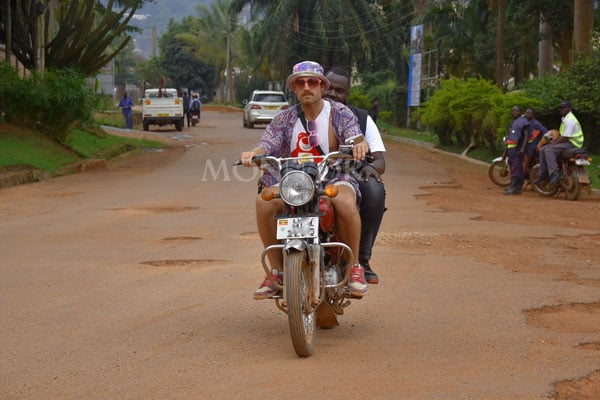Prime
Road safety largely depends on driver behaviour

Author: Simon J. Mone. PHOTO/COURTESY
What you need to know:
- There is a need to ensure that we only drive road-worthy cars. That both the vehicle and the driver must have proper documentation.
Road users are increasingly becoming vulnerable, as we see from the incidents of the last few weeks. Statistics of deaths, injuries and damage to vehicles on these roads are testimony to that fact. We read this in the various road traffic reports that are released periodically.
For a long time, these reports continue to provide us with lessons to enable us to avoid some bad habits or, at best, drive cautiously on the ‘black spots.’ These statistics continue to worry us. Deaths and injuries on the road have become as worrying as some of the common preventable diseases that are killing us today.
Only a few weeks ago, several fatalities were registered and we feel the pinch of losing loved ones in such circumstances. Road safety should be a big responsibility for us all. That is why, when such accidents happen, we are interested in knowing the causal factors. From the investigation of these accidents, we ought to pick out some lessons, especially on how to safely navigate road sections that have hitherto been called ‘blackspots.’ It requires clean conduct on these roads.
We can safely navigate if we learn from the causes of rampant accidents despite the safety reminders that are continuously released by the people in charge. For example, we learn that, in the physical characteristics of our roads, the chances of getting involved in accidents are high because some of these road sections appear to be narrow. The curved sections particularly require careful driving. Some may not have the proper signs to warn or inform users (especially drivers that are new on this road) that they are about to turn to a sharp bend, so they must slow down. A driver who has this in mind will save a life.
Some road sections are straight for long distances. It requires the driver to maintain concentration. If he does not do so, he may become too comfortable to be safe. We learn that road markings on some sections may not be visible, or the road may not be marked, causing them to lose their positional awareness. We learn that the presence of road signage in these tricky sections enhances our location and situational awareness of the hazards present on the road section. A road that does not have signage can easily confuse the driver. We learn that occasionally; road sections may be undergoing repair. And there is a need to provide information to warn users.
In cases where this information is not available, this safety hazard increases the risk of an accident. Drivers ought to obey such safety information. It includes speed control installations – like humps, rumble strips and pedestrian crossing markings. These installations enable the driver and road users to be safe. By slowing down, it ensures the safety of other users like school-going kids to cross. A driver who fails to reduce speed could potentially knock pedestrians. A driver who continues to ignore such safety information risks speeding his way into trouble.
We learn that some drivers tend to drive after drinking alcohol. We have seen many road users being victims of accidents because of drink-driving. Since a driver’s vision is impaired, so is their judgement and thus, collision. We learn that many accidents have been caused by driving for long distances without taking a break to rest. By paying attention to such fatigue and human factors, drivers can avoid accidents. We also learn that many vehicles may not be not road-worthy, yet we continue to put them on the road.
Mr Simon J. Mone is a Civil Engineer, [email protected]




